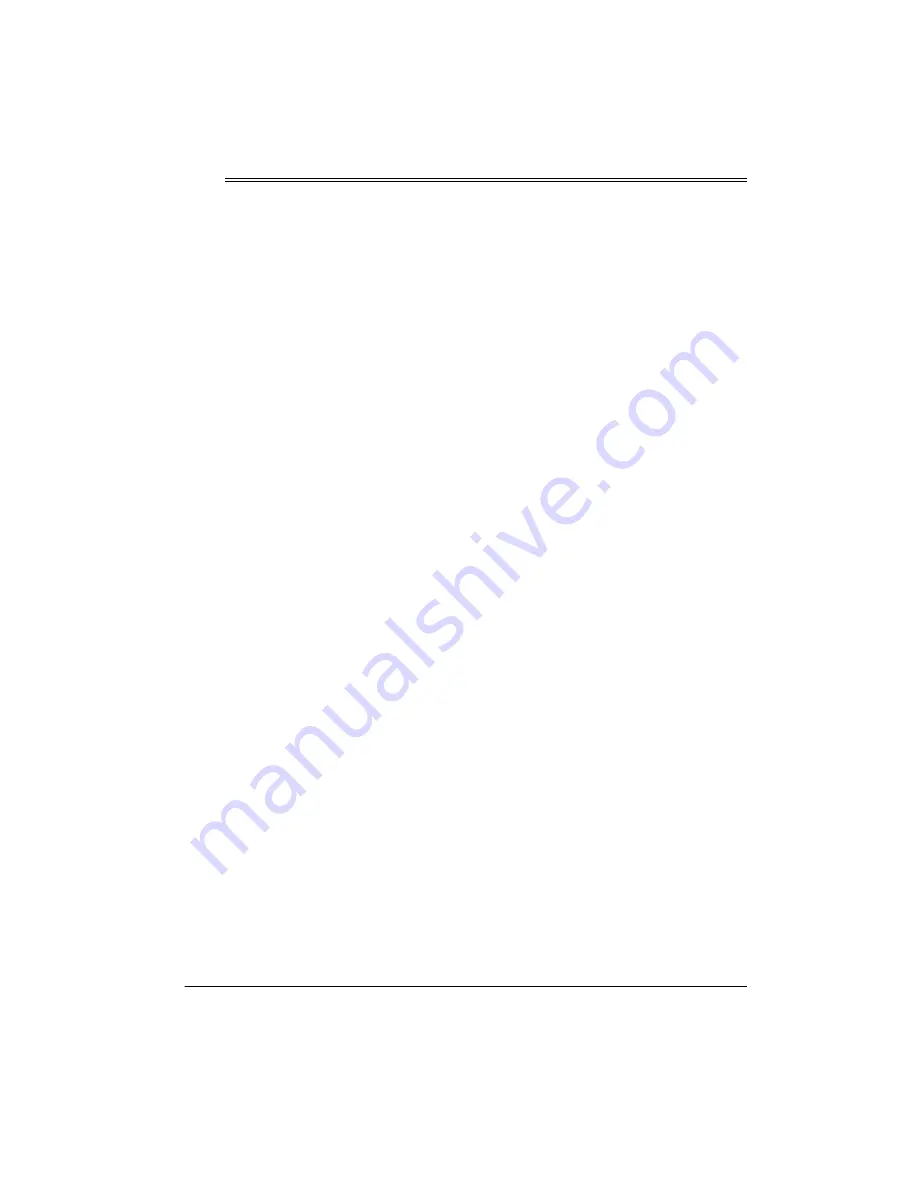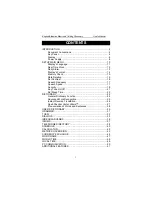
9
Operation
Operation
BASIC OPERATION
1. To turn on the keyboard, set
POWER/MODE
to
NORMAL
.
The
POWER/MODE indicator lights.
Note: To save power when operat-
ing on batteries, the keyboard auto-
matically turns off after about 6
minutes if you do not press a key. To
turn on the keyboard again, set
POWER/MODE
to
OFF
then back to
NORMAL
.
2. To hear a sample of the keyboard’s
many sounds, play a prerecorded
tune (see “Playing the Prerecorded
Tunes”). To make your own music,
simply begin playing the keyboard.
Notes:
• The keyboard automatically
selects the tone PIANO 1 (No. 00)
when you turn the power on. To
select a different tone, see
“Selecting/Playing a Preset Tone”
on Page 12.
• To select an auto-rhythm, see
“Using the Preset Auto-Rhythms”
on Page 14.
• To play auto accompaniment, see
“Using Auto Accompaniment” on
Page 15.
3. Repeatedly press
MAIN VOLUME
▲
or
▼
to increase or decrease the
volume. The current setting ap-
pears.
Notes:
• The keyboard’s volume ranges
from 0 (no sound) to 9 (maxi-
mum). Each time you turn on the
keyboard, the volume is set to 7.
• To quickly change the volume set-
ting, hold down
MAIN VOLUME
▲
or
▼
.
• To quickly return to the default
volume setting of 7, press both
MAIN VOLUME
buttons at the
same time.
• The volume level differs depend-
ing on the tone, accompaniment,
or song you selected.
4. To turn off the keyboard, set
POWER/MODE
to
OFF
. The POWER/
MODE indicator turns off.
Cancelling Auto Power Off
To have the keyboard not automatically
turn off during a session, turn on the
keyboard while holding down
TONE
.
The next time you turn the keyboard off
then back on again, it will automatically
turn off after about 6 minutes.
PLAYING THE
PRERECORDED TUNES
You can sit back and listen to the 100
tunes that come prerecorded in the key-
board, or you can turn off a tune’s melo-










































